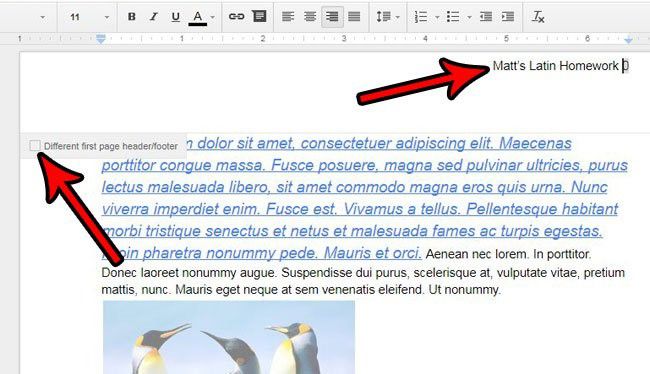
You should not skip heading levels, such as using Heading 4 directly below Heading 2.Lower-level headings should be contained within headings of the next highest heading.Heading 4 is usually a sub-section of the Heading 3, and so on, ending with Heading 6.Heading 3 is usually a sub-section of the Heading 2.Heading 2 is usually a major section heading.Generally, there is only one such header, and it is usually the most important. Heading 1 is usually a page title or the main content heading.To do this, documents should be structured in a hierarchical manner: They read and navigate through a document by using the heading structure. Screen readers and other assistive technologies also need to scan a document. Most of us scan a document or page quickly and look for big, bold text (headings) to get an idea of its structure and content. read or navigate a document by using headings.choose top-level headings or other heading levels and.


Headings aren’t just a good idea – they’re required for accessibility. Accessible documents also make it easier for browsers to display them and are much easier to convert to various platforms or formats.

One of the key ways to make Microsoft Word documents accessible is to use Word's built-in heading styles to format the document.Īccessible documents benefit everyone - not just those with disabilities! For example, accessible documents benefit cell phone and tablet users, as well as students with low bandwidth access.


 0 kommentar(er)
0 kommentar(er)
